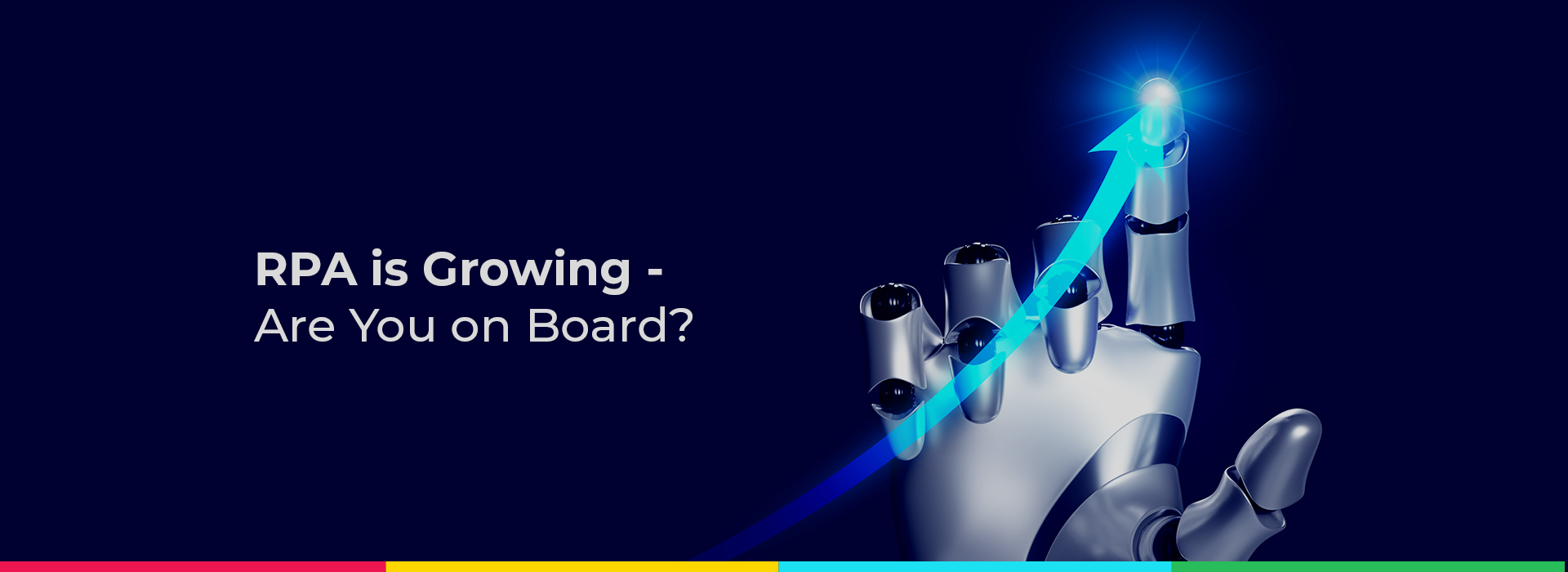
Blog
What to Look for When Evaluating RPA Solutions
Robotic Process Automation (RPA) involves using computers to mimic the actions a human might otherwise perform. This might include data entry, invoice reconciliation, or any number of other routine and repetitive tasks that don’t require a great deal of critical thinking.
By now, we hope our readers have come to appreciate the numerous benefits of and use cases for RPA and are now ready to take the next step: procuring an RPA solution for their organization’s use. While the decision to use RPA in a business may be a no-brainer, where to start or which solution to use can be a daunting question.
In this post, we’ll discuss several factors to consider when evaluating RPA tools.
Cost
Most likely the first consideration many will have when considering RPA solutions is cost. While cost is certainly an important factor, it’s generally not wise to simply opt for the cheapest option. Higher cost solutions often justify their price tag with high marks in the other categories described below. NITCO can assist you in “right-sizing” the best solution for your automation needs based on your transaction volume for a period.
Ease of Implementation
As with any software application, organizations need to be able to successfully implement the tool within their own environment. Some tools are more cumbersome than others. A difficult and lengthy
implementation can add a lot of hidden costs (and frustration) to an RPA solution. NITCO offers certified professionals who can implement and accelerate your automations either project based or on-demand for services.
Ease of Use
Implementation is just the beginning. Once an RPA solution is up and running, it obviously helps to have one that’s user friendly and intuitive to use. The “automation” component of “robotic process automation” means your RPA solution should be largely hands off once deployed to a production environment. Still, it’s important to note that there are always updated processes, data inputs, data sources, changes in applications, etc. as well as general troubleshooting that will require someone to actively monitory and manage the application. A solution that’s easy to use will save the time of an organization’s internal resources as well as reduce potential frustration with a cumbersome or confusing process. NITCO professional resources are all certified in their areas of expertise by our valued technology partners.
Support
RPA solutions are becoming increasingly intuitive and user-friendly with the no-code or low-code technology. However, even with the easiest-to-use solutions, it may be necessary to get occasional support from a consulting firm who specialize in support and maintenance. It’s therefore important to understand how a vendor support works with a potential client. For example, does the vendor
offer 24/7 support or only during certain hours? Are customers required to pay for support? If so, in
what circumstances and at what cost? Do they provide a user community of knowledge sharing?
Processing Speed
RPA is all about using computers to augment human tasks, and the cost savings for an organization can be based on the amount of work effort it reduces (as well as reductions in human errors). Other examples of automation ROI measures include quality and compliance improvements or demand requirements. The speed by which a human can perform certain tasks – such as data entry – will, of course, vary but will tend to fall within a certain range of human abilities. The faster an RPA automation can perform those tasks, the more employees can focus on higher value activities, and provide the organization with a higher return on the investment.
Scalability
Closely related to how fast an RPA solution can function is the volume of work it can perform. The ability to increase that volume over time is referred to as scalability. Ideally, any RPA solution selected for an
Organization will have some room to scale up over time before an additional computer “robot” needs to be added. Generally, it’s a good idea to pick a solution that doesn’t max out at exactly your current needs—one that allows some room for expected and even aspirational growth. We can help you with an assessment based on your automation needs.
Understanding what Robotic Process Automation is and its strong value proposition is the first step toward leveraging this technology to improve efficiencies, reduce staffing constraints, reduce manual
errors, and improve customer satisfaction. The next step is finding which solution is right for a given
enterprise. There are many factors to consider when making this determination. Those we’ve listed
above should be top of the list for anyone evaluating potential RPA solutions.
Ready to learn more? Get in touch to learn more about NITCO’s RPA solutions and ask about our complimentary tool for you to evaluate your options.




 US Headquarters
US Headquarters India office, Hyderabad
India office, Hyderabad